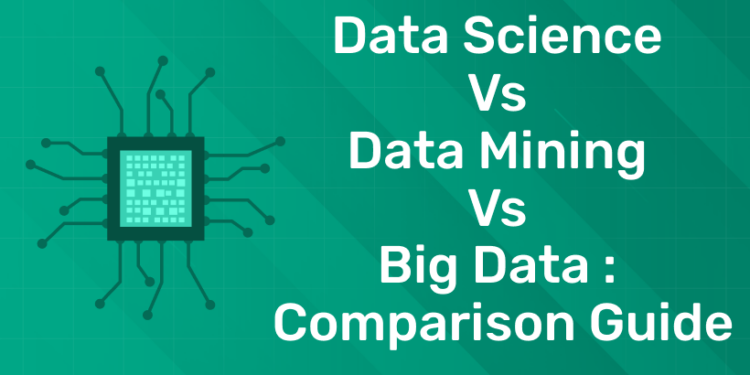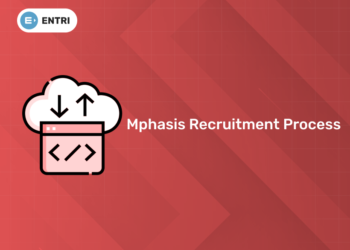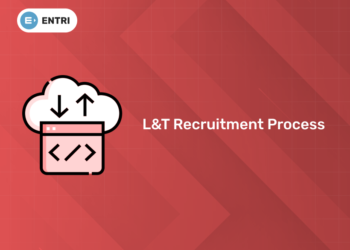Table of Contents
Data Science vs Data Mining vs Big Data : Comparison Guide
What is Data Science?
Definition:
- Data Science is a field that uses methods to understand and learn from data.
Key Components:
- Statistics and Math:
- Data Science uses math to analyze data and understand patterns.
- Programming:
- People in Data Science use computer programs to work with data.
- Machine Learning:
- Data Scientists use machine learning to make predictions from data.
- Domain Knowledge:
- Knowing about the subject you’re studying helps understand the data better.
Applications:
- Data Science is used in many areas like finance, healthcare, and marketing.
- It helps with things like understanding customers and finding patterns in data.
Workflow:
- Problem Definition:
- Start by figuring out what problem you’re trying to solve.
- Data Collection and Preparation:
- Get the data you need and make sure it’s clean and ready to use.
- Exploratory Data Analysis:
- Look at the data to see what it can tell you.
- Model Development:
- Use math and computers to find patterns in the data.
- Model Deployment and Monitoring:
- Put your findings to work and keep an eye on how well they’re doing.
- Communication and Visualization:
- Share what you’ve learned with others using charts and reports.
What is Data Mining?
Definition:
- Data Mining is about finding patterns and insights in big sets of data.
Key Components:
- Spotting Patterns:
- Data Mining finds hidden patterns in data.
- Using Math and Computers:
- Math and computers help to analyze the data and find important stuff.
- Making Data Easy to Understand:
- Data Mining makes it easier to see what the data is saying by using graphs and charts.
Techniques:
- Sorting Data:
- Data Mining organizes data into groups based on similarities.
- Finding Relationships:
- It looks for connections between different things in the data.
- Spotting Odd Things:
- Data Mining can find strange or unusual things in the data.
Applications:
- Data Mining is used in many areas like business, healthcare, and finance.
- It helps with things like understanding customers and spotting fraud.
Benefits:
- Data Mining helps organizations make better decisions and find new opportunities.
- It can save time and money by finding important information quickly.
Challenges:
- Data Mining needs good data to work well.
- Understanding the results can sometimes be tricky.
Ethical Considerations:
- Data Mining needs to be done responsibly, respecting people’s privacy and following laws.
- It’s important to use data mining for good purposes and not to harm people.
What is Big Data?
Definition:
- Big Data means lots of data that’s too big and complicated to handle with normal methods.
Characteristics:
- Lots of Data:
- Big Data involves huge amounts of information from different places like social media and sensors.
- Fast Data:
- It comes in quickly and needs to be looked at fast to find useful stuff.
- Different Types:
- Big Data includes all kinds of data, like numbers, words, pictures, and more.
- Making Sure it’s Good:
- Big Data might have mistakes or be hard to trust, so it needs to be checked carefully.
Technologies:
- Using Lots of Computers:
- Big Data needs special computer systems that can work on lots of data at once.
- Different Kinds of Databases:
- There are special databases that can store and organize Big Data in ways that make it easier to use.
- Putting Data Together:
- Big Data systems help bring different types of data together so it can be analyzed.
Applications:
- Big Data is used in many areas like business and science to learn things from data that can help make better decisions.
Challenges:
- Storing and Working with Data:
- It’s hard to keep all the data and to work with it quickly.
- Putting Data Together:
- Making different kinds of data fit together can be tricky.
- Keeping Data Safe:
- Big Data needs to be protected from hackers and other bad things.
Opportunities:
- Even though it’s hard, Big Data can help us learn new things and make life better in many ways.
Contrasts and Comparisons:
Focus:
- Data Science: Focuses on extracting insights and making data-driven decisions.
- Data Mining: Focuses on discovering patterns and correlations.
- Big Data: Focuses on managing and processing large volumes of data.
Methods:
- Data Science: Utilizes statistical analysis, machine learning, and data visualization.
- Data Mining: Uses algorithms like clustering and classification.
- Big Data: Relies on distributed computing technologies.
Applications:
- Data Science: Applied in various industries for decision support.
- Data Mining: Used for customer segmentation and fraud detection.
- Big Data: Applied for real-time analytics and large-scale data processing.
Skills:
- Data Science: Requires programming, statistics, and domain expertise.
- Data Mining: Requires knowledge of machine learning algorithms.
- Big Data: Requires expertise in distributed computing and data storage technologies.
Ready to take your data science skills to the next level? Sign up for a free demo today!
Data Science vs Data Mining vs Big Data
Data Science Vs Data Mining Vs Big Data: Conclusion
1: Which of the following algorithms is most suitable for classification tasks?
We have discussed data science, data mining and big data in detail in this blog. We have also compared and contrasted these three topics. Data science is used to derive insights from data, while data mining extracts patterns from it. Last but not the least, big data deals with large volumes of data.
 Start Coding Today! Enroll Now with Easy EMI Options.
Start Coding Today! Enroll Now with Easy EMI Options. 

Equip yourself with in-demand skills to land top-tier roles in the data-driven world.
Start Learning Now with EMI OptionsFrequently Asked Questions
What is the main difference between Data Science and Data Mining?
Data Science is a broader field that involves analyzing data to extract insights, while Data Mining specifically focuses on finding patterns and relationships within datasets.
How does Big Data differ from Data Science and Data Mining?
Big Data refers to large and complex datasets that require specialized tools and technologies for processing and analysis, whereas Data Science and Data Mining are methodologies used to extract insights from data, including Big Data.
What are the key components of Data Science, Data Mining, and Big Data?
Data Science involves statistics, machine learning, programming, and domain expertise. Data Mining focuses on pattern recognition, statistical analysis, and machine learning algorithms. Big Data involves distributed computing, NoSQL databases, and data warehousing.
What are some common applications of Data Science, Data Mining, and Big Data?
Data Science is applied in areas like finance, healthcare, and marketing for tasks such as predictive modeling and customer segmentation. Data Mining is used for fraud detection, market analysis, and recommendation systems. Big Data is used for predictive analytics, personalized recommendations, and business intelligence.











